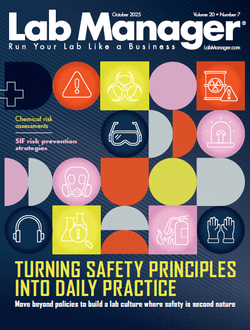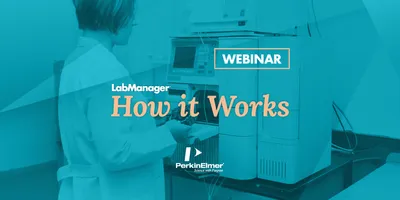Sick Leave vs. Paid Time Off (PTO)
By F. John Reh
Many companies have done away with "sick leave" and "vacation" as employee benefits and have replaced them with "paid time off" (PTO).While this looks good on the surface, it can be a costly mistake.
What is Paid Time Off (PTO)?
Paid time off is a bank of hours from which employees can draw. Employers credit additional hours to their employees' "banks", usually every pay period. Most US employers offer their workers 10 paid holidays, 2 weeks vacation, two personal days, and 8 sick leave days per year. Under a PTO plan, the employees would be credited with 30 days paid time off instead (10+10+2+8).
On a bi-weekly pay schedule (26 pay periods per year) employees would accrue an additional 1.3 days of PTO every two weeks. Where a semi-monthly pay schedule is used (pay days on the 1st and 15th of each month) employees accrue 1.25 days PTO on each of the 24 pay periods.
Why Paid Time Off is Good
The concept is good. Make your company more attractive to prospective employees and make it easier to retain current employees by increasing the number of days they can take off from work and still get paid. Since most employees are healthy and don't ever use all their sick leave, why not let them take the difference as extra vacation time? There is no cost to the company and the employees are happier. How could that be bad?
Why Paid Time Off is Bad
A Paid Time Off (PTO) program invites abuse. Since a company no longer knows why an employee takes time off, and officially doesn't care why, employees are gone more frequently. While this can be controlled somewhat by requiring prior approval for any PTO, employees who never used their full allotment of sick leave will definitely use all of their PTO every year.
Sick Employees Not Using Sick Leave
One of the most costly abuses of PTO is sick employees not using sick leave. Many employees begin to view all paid time off (PTO) as vacation time. So when they are sick, they don't want to spend any of their "vacation" time so they come to work and spread germs. This makes other workers ill and productivity drops as more and more of the work force gets sick.
Manage This Issue
Paid Time Off (PTO) can be a powerful recruiting and retention tool. It can also lead to abuse. To effectively manage a PTO program you should:
- Make sure it suits the company culture
A PTO plan works best in a company with a higher degree of flexibility
- Establish clear guidelines in advance
If you require employees request PTO in advance except for emergencies, how will you define emergency? Is waking up Monday morning with a bad hangover an emergency? What about a sick child, an attitude-adjustment day, or a problem with the car? How will you define and enforce "emergency"?
- Manage the people, not just the PTO
If an employee is sick they should stay home. If they come to work sick, send them home. You have an obligation to protect the rest of your employees from one who is contagious.
Source: About.com: Management
Sick Leave vs. Paid Time Off (PTO)
By F. John Reh
Many companies have done away with "sick leave" and "vacation" as employee benefits and have replaced them with "paid time off" (PTO).While this looks good on the surface, it can be a costly mistake.
What is Paid Time Off (PTO)?
To continue reading this article, sign up for FREE to

Membership is FREE and provides you with instant access to eNewsletters, digital publications, article archives, and more.










